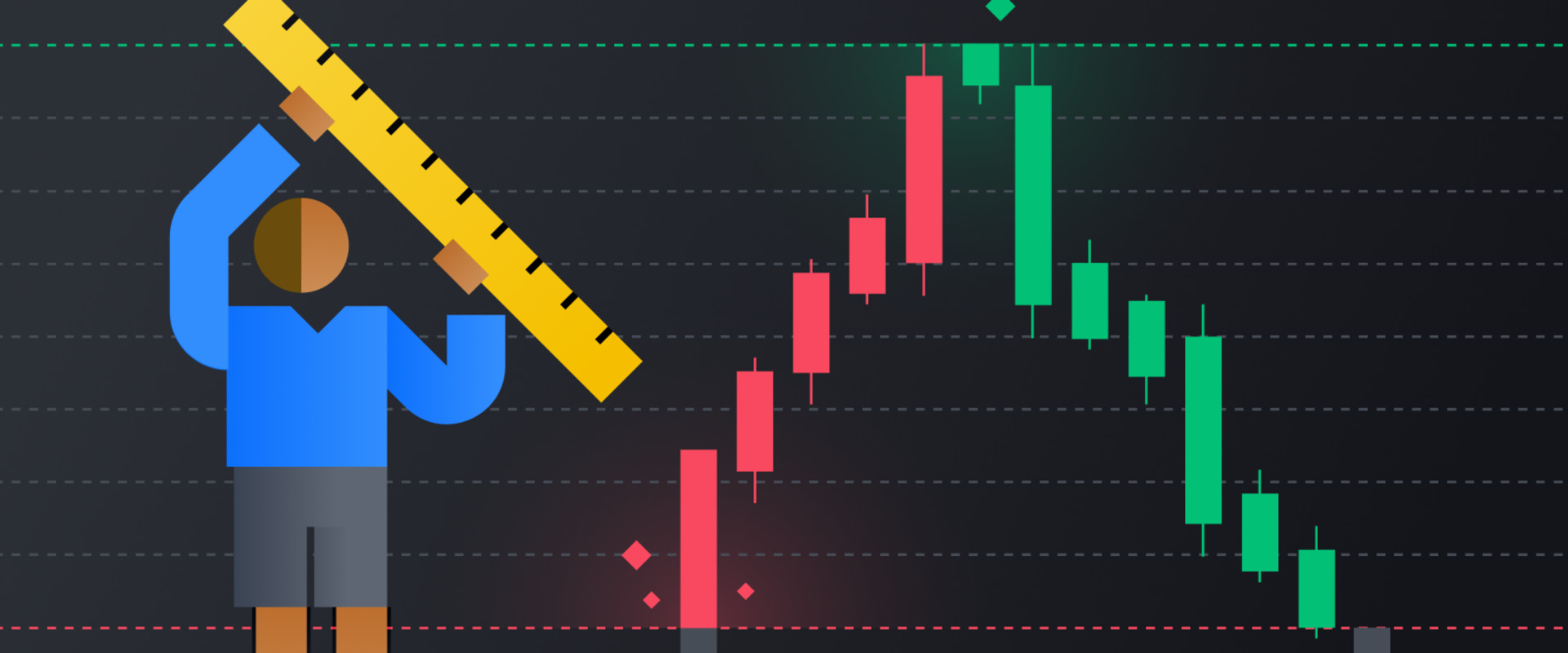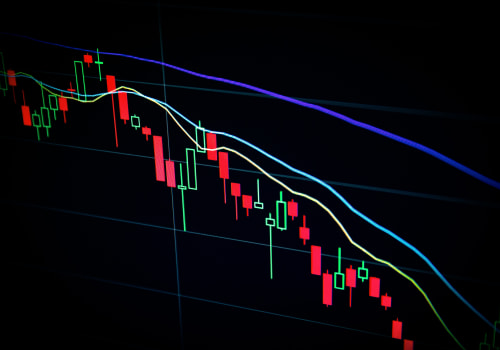Support and Resistance levels are a crucial part of technical analysis when trading Forex. These levels are used to identify potential buying and selling points, which can be used to maximize profits and minimize risk. In this comprehensive overview, we'll look at how to identify Support and Resistance levels, the different types of Support and Resistance levels, and how they can be used in your trading. We'll also explain how to use different indicators to help you identify these levels.
Support and resistance levels
are areas on a chart where the price of a currency pair has had difficulty breaking through.They are used by traders to identify potential entry and exit points for trades.
Support levels
are areas where the price has had difficulty falling below.Resistance levels
are areas where the price has had difficulty rising above. Traders use support and resistance levels to identify potential buy and sell opportunities.When the price of a currency pair is approaching a support level, traders may look to buy the pair. When the price is approaching a resistance level, traders may look to sell the pair. Traders also use support and resistance levels to identify potential market trends. If the price breaks through a support level, it may indicate that the trend is bullish (price is increasing). If the price breaks through a resistance level, it may indicate that the trend is bearish (price is decreasing).
To identify support and resistance levels, traders should look for areas on the chart where the price has tested the same level multiple times but has been unable to break through. These levels can then be used as potential entry or exit points for trades. It is also important to note that support and resistance levels can change over time. As such, traders should keep an eye on these levels and adjust their trading strategies accordingly. This could involve adjusting stop-loss orders or taking profits at different levels than originally planned.
Additionally, traders should look for patterns in the chart that could indicate potential support and resistance levels. These patterns could include double bottoms, double tops, head and shoulders, or triangles. In conclusion, support and resistance levels are an important part of forex trading. They can help traders identify potential entry and exit points, as well as determine market trends. By recognizing key support and resistance levels, traders can gain an edge in the markets.
Conclusion
Support and resistance levels are an important part of forex trading.By understanding how these levels work and how to identify them, traders can use them to their advantage. It's important to remember that support and resistance levels are not exact levels, but instead they act as a guide for traders. Furthermore, trends can change quickly, so it's important to be prepared to adjust your strategy accordingly. With the right knowledge and practice, traders can use support and resistance levels to their advantage. In conclusion, support and resistance levels are an essential tool for forex traders. By understanding how these levels work and how to identify them, traders can use them to their advantage.
How to Use Support and Resistance Levels
Support and Resistance Levels are an important part of forex trading.When using these levels, it is important to remember that they are not absolute values, but should be used as guidelines for identifying potential entry and exit points. Traders should be aware of potential false breaks, which occur when the price appears to break through a level but then quickly reverses. To reduce the risk of false breaks, traders should look for confirmations such as an increase in volume or a strong move in one direction before entering a trade. In addition, traders should consider other indicators such as moving averages when using support and resistance levels.
These can help confirm whether a level is likely to hold or break. Finally, traders should use stop-loss orders when trading with support and resistance levels. This will help limit losses if the price does not move in the expected direction. In conclusion, support and resistance levels are an important part of forex trading. By understanding how these levels work and how to identify them, traders can use them to their advantage.
Support and resistance levels provide traders with a powerful tool to predict future market movements and make informed decisions about when to enter and exit positions. Knowing how to use support and resistance levels will help traders take the guesswork out of trading. They can be used to identify potential entry and exit points, as well as determine market trends. With the right knowledge and practice, support and resistance levels can provide traders with a valuable edge in the forex market.












Leave Reply